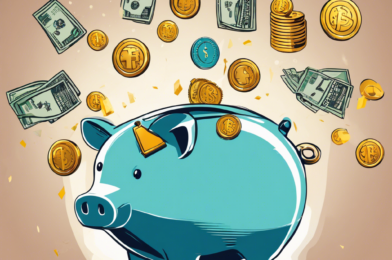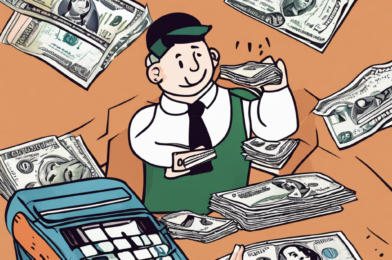The holidays are a time for celebration, but they can also be a financial strain. Between gifts, travel, and festive meals, it’s easy to let spending spiral out of control. However, with careful planning and a few savvy strategies, you can keep your finances in check and still enjoy the season. Here are some practical tips to help you save money during the holidays.
Start by setting a realistic budget and sticking to it. Consider your financial situation and decide how much you can comfortably afford to spend. Make a list of all the expenses you anticipate, including gifts, decorations, travel costs, and extra food. Then allocate your budget accordingly, allowing for some flexibility in case of unexpected expenses.
Shop wisely for gifts. It’s easy to get carried away buying presents, but you don’t have to break the bank to show your loved ones you care. Look for deals and discounts, both online and in-store. Take advantage of sales throughout the year, and don’t be afraid to bargain hunt. You can also suggest a gift exchange with a price limit to ease everyone’s wallets.
Travel costs can also add up quickly. If you’re visiting family or friends, book your transportation and accommodations in advance to secure the best rates. Consider alternative options like house-swapping or renting a vacation home, which can be more cost-effective for larger groups. You can also save money by being flexible with your travel dates and flying on off-peak days.
Don’t forget to factor in the cost of extra food and entertainment during the holidays. Plan your meals carefully, creating a grocery list to avoid unnecessary purchases. Take advantage of seasonal produce and shop around for the best prices on staple items. As for entertainment, look for free or low-cost activities in your community, such as festive markets, ice skating, or holiday light displays.
To stay within your budget, it’s essential to track your spending. Use a spreadsheet, budgeting app, or good old-fashioned pen and paper to record every purchase. This will help you identify areas where you may be overspending and allow you to make adjustments. It’s also a good idea to regularly check your bank statements to ensure you stay on financial track.
Saving money during the holidays is also about being resourceful. Get creative and make some gifts yourself, whether it’s baking treats, crafting personalized items, or offering your skills or services. Not only will this save you money, but it also adds a thoughtful, unique touch.
The holidays are a time for giving, but that doesn’t have to mean breaking your budget. With a bit of planning and creativity, you can enjoy a financially stress-free season and focus on creating memorable moments with your loved ones. Happy holidays!
(Remember to practice self-control when it comes to swiping that credit card, and your future self will thank you!)
What are your go-to strategies for saving money during the holidays? Do you set a budget and track your spending? Or do you have creative ways to cut costs? Share your thoughts and ideas in the comments below!









